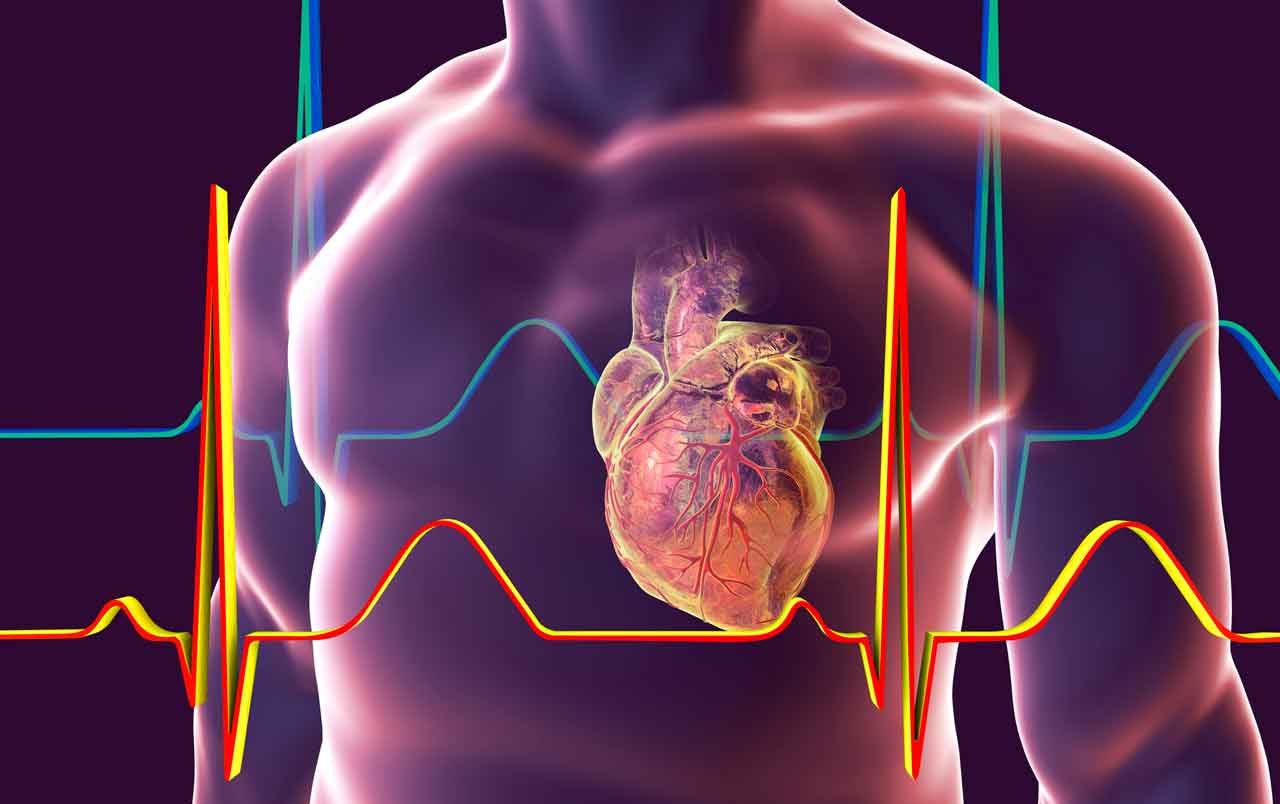What Happens When You Have a Heart Attack?
Heart attack symptoms may vary for everyone, especially women. Knowing the details of what happens when you have a heart attack could help you identify one sooner.
Imagine you can’t breathe. You’re not getting the oxygen you need. Now imagine that your heart isn’t getting the oxygen it needs. That’s a heart attack, also called a myocardial infarction.
If you’ve never seen someone have a heart attack, you might imagine a middle-aged or older man who clutches his chest and falls over. But the symptoms of a heart attack can be very different, especially in women, and sometimes suggest a flu.
YOU MIGHT ALSO LIKE: What Causes a Heart Attack?
You might feel pressure, heaviness, tightness, squeezing, or pain in your chest or arm or below your breastbone. The sensation might travel into your back, jaw, throat, or arm.
You might feel heartburn or vomit, sweat, or feel dizzy. Or you might become suddenly weak, or very anxious and short of breath.
Some heart attacks have no symptoms at all.
What happens when you have a heart attack?
To keep you going, your heart muscle pumps blood containing oxygen, which arrives at the heart through your coronary arteries. A waxy substance called plaque can build up in the arteries, narrowing them.
Plaque can develop a hard shell over time. If that shell cracks, you’ve had a rupture, the plaque spills into the bloodstream, and platelets, which help blood clot, rush to the scene to stop the flood. A blood clot that forms could block your artery, which is already narrower than it should be.
In a less common kind of a heart attack, your artery may spasm, tightening and loosening up and tightening again.
The damage to your heart depends upon which arteries are involved and how long your heart is short of blood. The faster you are treated, the better. If you are treated within two hours, your chances of returning to normal functioning are much better.
Heart muscle can heal. But just as with any other wound, you can end up with a scar. That scar becomes permanent damage that limits your blood supply.
Types of heart attack
In an ST-segment elevation myocardial infarction, either a blood clot or plaque completely block an artery. The part of the heart fed by that artery shuts down and then dies. If you get to the hospital soon enough, damage can be prevented if you receive an artery-opening angioplasty plus a stent or clot-busting drugs.
- In a non-ST-segment elevation myocardial infarction, the artery is only partly blocked. You may still need urgent treatment.
- If you have unstable angina, chest pain comes and goes, usually because of a crack in the plaque shell and a blood clot that forms afterward. The rupture and clot only partly block blood flow.
- Location matters. Anterior heart attacks occur in the front, often the left ventricle.
- Inferior heart attacks occur in the bottom, usually because of complete blockage of the right coronary artery.
- Lateral myocardial infarctions harm only one side, usually from a blockage on the left side, specifically in the left circumflex artery or the lateral branch of the left anterior descending artery.
- In a transmural attack, the damage extends throughout the heart muscle. In a subendocardial attack only one-third to one-half of the muscle is damaged.
Treatment for heart attacks
You’ll usually get a medication or combination of medications to affect clotting. Aspirin can stop blood clotting. Clopidogrel (Plavix), prasugrel (Effient), or ticagrelor (Brilinta) are anti-platelet drugs to stop clotting. Thrombolytic therapy ("clot busters") dissolves clots.
With a cardiac catheterization, your doctors can take a picture of your arteries and use the catheter to open up arteries.
In bypass surgery, your doctors take blood vessels from another part of your body, using them to create a path for blood bypassing the damaged area. It’s like a detour on a highway.
Updated:
May 26, 2021
Reviewed By:
Janet O’Dell, RN
